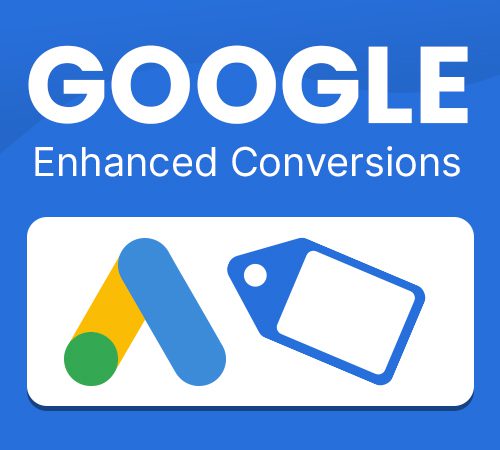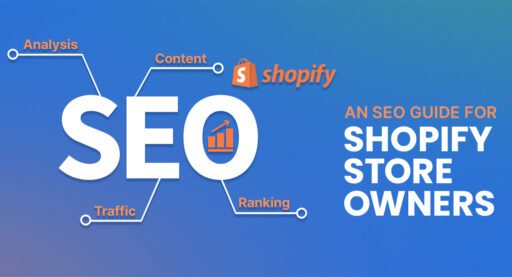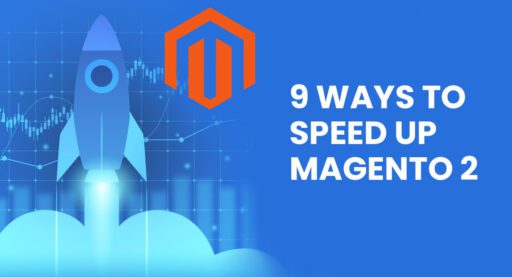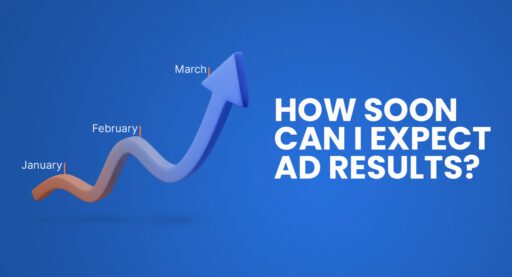If you’ve recently delved into Google Ads, you’ve probably encountered Performance Max (P max), but been a bit hesitant to release your advertising control to Google’s AI. This article is designed to demystify Performance Max, help you ascertain its suitability for your business and equip you with best practices to navigate potential pitfalls when utilizing this innovative campaign type.
Unveiling Performance Max
Search, Display and Video are the standard campaign types used by most Google advertisers, as well as Shopping for e-commerce. Typically, an advertiser creates a separate campaign for each type. Performance Max is unique because it amalgamates elements from all these campaign types into one campaign.
Performance Max capitalizes on Google’s sophisticated deep-learning algorithm to optimize placement of your ads across Google‘s network (Search, Display, YouTube, Discover, Gmail, Shopping and Maps). In short, more channels mean more reach with just one campaign resulting in an efficient use of your time.
Google’s intelligent system places ads to align with your objectives. This approach, akin to programmatic advertising, employs artificial intelligence to determine the most effective ad placements across the Google ad network. This power can yield significant benefits, but it requires proper utilization and configuration to prevent wasting time and budget on ineffective outcomes.
Suitability of Performance Max
Performance Max is designed to maximize conversions based on its bid strategy and settings. While it excels in this aspect, it may not be ideal for lead generation campaigns due to its inability to assess lead quality, as well as issues with bots when it comes to forms that must be filled out. Although enhancements like placement exclusions and audience signals can enhance lead quality, campaigns focused on generating leads or traffic demand vigilant monitoring.
At present, Performance Max isn’t suitable for awareness campaigns, as it lacks a defined conversion action to optimize awareness.
Conversely, it shines in the realm of ecommerce, particularly when conversions translate into verified purchases. Once the learning phase concludes, campaigns with a shopping emphasis can yield substantial cost-efficiency. As data accumulates, transitioning to a bid strategy that prioritizes sales value (ROAS) becomes the optimal route.
Mastering Best Practices
Optimizing Google Merchant Feed
Similar to Google Shopping Ads, Performance Max can tap into your product listings and inventory via the Google Merchant Center feed. This facilitates their appearance in the most visible top sections of Google search and shopping results.
Before implementing this, it’s important to ensure your feed is ready. Avoid any issues by ensuring each product has a unique SKU number, has a text-free image with a clear no-color background and does not include any restricted products.

Leveraging Assets
Performance Max works best when given a robust set of assets. Ensure your campaign includes essential extensions, such as a location or call extensions, where appropriate. Incorporate your logo, images and, ideally, at least one video.
For images, prioritize those portraying your product in real-world use, preferably with people. Individual product images should already be present on your feed. If there is no budget for video production, then consider using Google’s built-in tool to create videos.
Strategic Settings
Customer Acquisition
Like its shopping campaign predecessor, Performance Max integrates Customer Acquisition Rules. This allows you to tailor your campaign toward either new customers or returning ones. Depending on your product and strategy, pursuing new customers might be worthwhile, even if it comes at the expense of returning customers. Determine your approach in advance and configure it accordingly.
Audience Signals
If you are familiar with Audiences in display or other campaigns, the same audience options are available for Performance Max, but they work a little differently.
In Performance Max, Audiences are assigned to your asset group when creating a campaign. As with other campaign types, you can select an audience that you have already made or create a custom one. Audiences can be based on affinity groups or demographics, or they can retarget previous visitors and customers.
Unlike other campaign types, your ads are not restricted to the audience, but rather they are a “signal” that gives preference to that group, which can better target your ads and reduce the length of the learning phase of your Performance Max campaign.
Refining Placement Exclusions
Similar to display advertising, allocate time to exclude placements that could deplete your budget unwisely. Identify specific placements or categories to remove. While the algorithm eventually undertakes this task, prioritizing optimal placements sooner expedites the generation of favorable outcomes.
Measuring Conversions
A performance Max campaign is only as good as its conversion tracking because the algorithm will focus on generating conversions with limited user input.
Determine what your most important conversions actions are. For Performance Max, a verified purchase, properly submitted form or completed phone call are all great conversions. Clicks or views can be too general to determine user intent.
Enhanced Conversions
Enhanced Conversion tracking is a relatively recent addition to Google Ads that allows users to be identified and optimized. Enhanced conversions collect first-party data from a website (such as a name, user email, phone number) that meets privacy standards, using encryption to improve the accuracy of conversion tracking and better identify potential customers, even across devices. It has the additional advantage of not requiring cookies to track user behavior, which is increasingly important in our post-cookie, privacy-first web marketing landscape.
If you collect user data in forms, consider implementing enhanced conversions.

Reporting Tools
Leverage Insights
After accruing some data and securing conversions, regularly delve into the Insights tab. Here, you can uncover the demographics of converting users, identify triggers that drive successful ad conversions and discern opportunities for both Performance Max and other campaign types. Analyzing brand versus non-brand searches, audience segments and popular keywords can elevate both Performance Max and standard search campaigns.
Benefit from Google’s Recommendations
As with other campaigns, explore the Recommendations tab to glean insights that can effortlessly enhance campaign optimization scores and results. Focus on implementing beneficial recommendations while discarding any counterproductive ones that don’t make sense for your business.
Progressing Forward
As your campaign gains momentum, continuously tap into the Insights report and Recommendations tab to identify areas for improvement, tweaks and optimizations. Ensure your bid strategy remains aligned with your overarching goals. Regularly feed your Performance Campaign with new assets to overcome ad wear-out.
Performance Max wields tremendous potential when harnessed adeptly, leveraging Google’s extensive reach, immense data acquisition and machine learning to benefit your business.
Epic was one of the first digital ad agencies to use Performance Max when it was released at the end of 2021. Our team of digital experts has accumulated a wealth of knowledge as to what works and doesn’t work when it comes to using this AI AdTech tool. When you know what you’re doing, it can be a very valuable tool. Google has reported that Performance Max campaigns can achieve an average of 13% total incremental conversions at a similar cost per action.
Learn More about Epic’s Digital Ad Services




